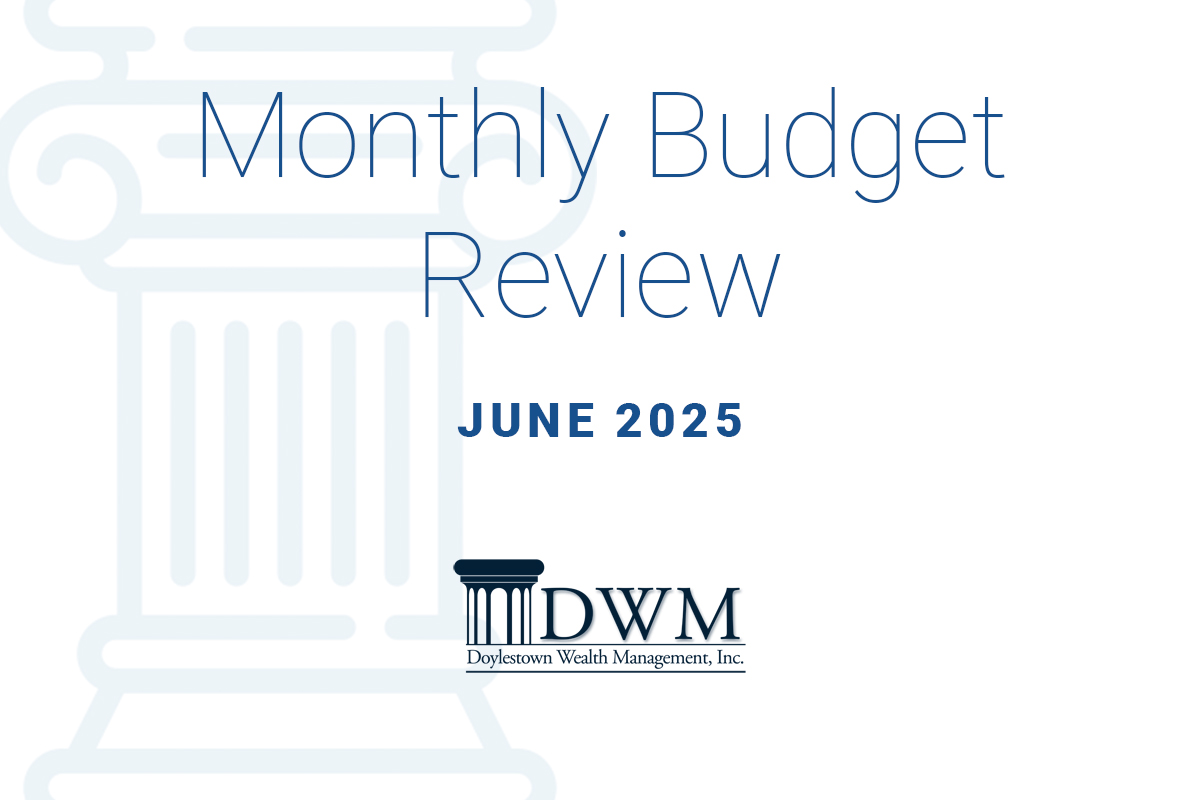

One of the most prominent obfuscations of the budget discussion involves how the dollar effect of a spending change or tax reform is reported. The numbers are almost invariably presented as “trimming $300 billion from the deficit” or “adding $ 800 billion to the red ink.” But these figures are almost always estimates for the next ten years, not just for 2026. What they mean is that the proposals will add an additional $ 800 billion to the $22 trillion already planned for the next decade, or that eliminating a program will reduce the $22 trillion by $300 billion. (It is in this context that we have opined in the past about the almost negligible $1 trillion cost of making the Social Security Trust Fund solvent.) One can come up with plenty of sinister reasons why the headlines read this way, but we would suggest that it is a contest between laziness (press releases and official statements presented as news) and wanting to give the impression that the administration and Congress are making decisions that significantly alter the trajectory of the deficit. They are not.
And Speaking of a Trillion Dollars
While lethargically browsing through the usual budget kayfabe and throat-clearing, we came across a novel headline the other day. A couple of senators (no doubt a bit addled from the pressures of budget math) advanced the idea of ending the Federal Reserve Bank’s practice of paying interest on the reserves deposited there by its member banks, thereby reduced the projected deficit by the aforementioned trillion dollars (over ten years, of course). Regular readers will recall that the Fed is a “bank for banks” and holds the equivalent of checking accounts for its member institutions. For most of its history the Fed did not pay interest on these reserves, but began to do so in 2008 for reasons which we have discussed before but will not go into here (if you would like more background on this please let me know). Currently, this practice costs the Fed about $180 billion per year, and this amount will remain elevated as long as interest rates remain at their current level.
In past commentaries we have noted that the Federal Reserve is currently operating at a sizable loss (which it pigeonholes in an asset on its balance sheet). This loss is unprecedented—before 2022 the Fed always generated an annual profit, which was then turned over to the Treasury (after deducting operating expenses). This legislated practice de facto eliminated the Treasury’s interest payments on its obligations that were held by the Federal Reserve (usually around 25% of the total). As a result, the effective debt service was greatly reduced, and it is this state of affairs that the Senators are bemoaning. Of course, their objections were not to the substantial subsidy for the banks per se, but rather that half of the money (by their estimation) was being paid to “foreign” banks.
First, let us express our astonishment that a Senator well-connected to the banking establishment mentioned the giant bank subsidy at all. What is not surprising is the immediate pushback from the Senate leadership, which responded with an alacrity and clarity not often seen in budget discussions, making it clear that the idea would not be adopted. But it does expose another point of tension between international finance and the national-centered focus on federal expenses. As interest payments on the debt to become larger and larger, a case can be made for making sure that large portions of the budget are not sent to non-Americans. One can see how it makes for a politically-attractive stance both inside and outside the halls of power. In practice, determining which banks were “foreign” and which were “American” would be exceedingly difficult to delineate, but the rhetoric is of a piece with the idea that too much of the interest which the Treasury pays is going to “foreigners.” This is diametrically opposed to “stateless capital” ethos of international finance, and is indicative of fault lines between nationalistic and monied interests within the elite.
The opinions voiced in this material are for general information only and are not intended to provide specific advice or recommendations for any individual.
The content is developed from sources believed to be providing accurate information.
Securities offered through LPL Financial, member FINRA/SIPC. Investment advice offered through Great Valley Advisor Group, a Registered Investment Advisor. Great Valley Advisor Group and Doylestown Wealth Management, Inc. are separate entities from LPL Financial.
